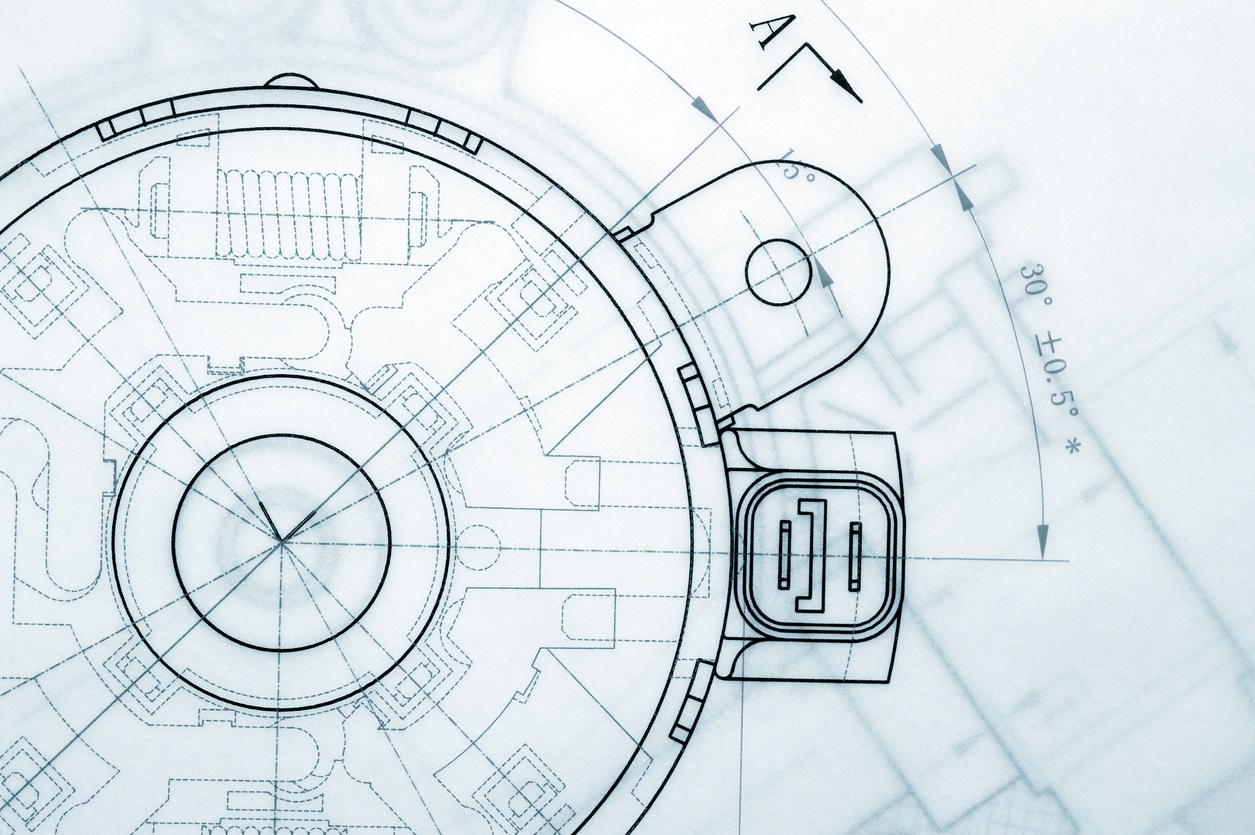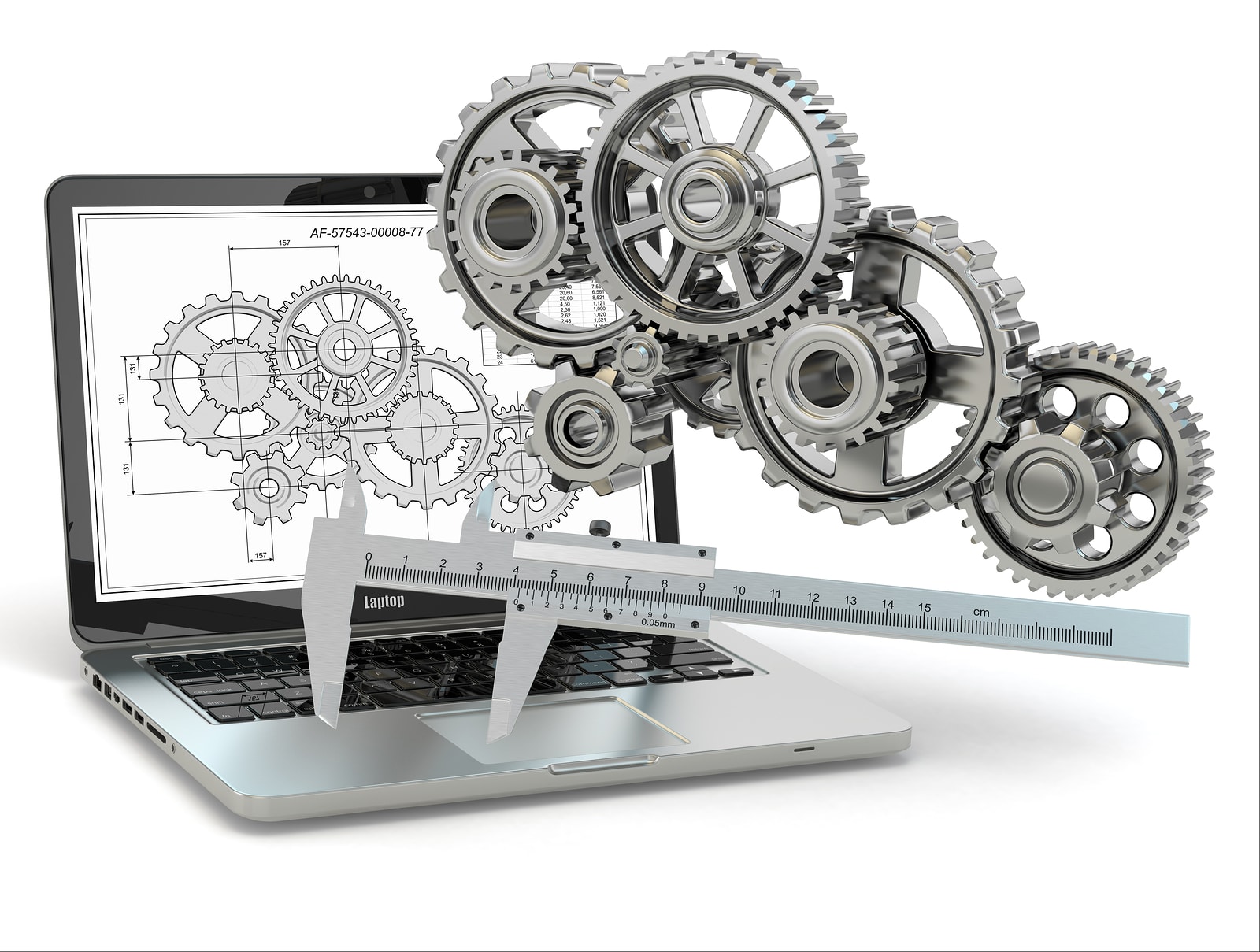What is Paper to CAD in Reverse Engineering?
Reverse Engineering from Paper to CAD (Computer-Aided Design) is a process that involves transforming physical drawings, sketches, or blueprints on paper into digital CAD models. This method is particularly valuable when dealing with legacy designs, outdated documentation, or hand-drawn plans that need to be integrated into modern computerised workflows.


What is Part to CAD in Reverse Engineering?
“Part to CAD” in reverse engineering refers to the process of creating a digital Computer-Aided Design (CAD) model based on an existing physical part. This method is employed when there is a need to replicate or document a physical mechanical object that lacks a corresponding 3D CAD Model or 2D drawing. The goal is to capture the geometry, dimensions, and other relevant details of the physical part, transforming it into a digital CAD format that can be easily manipulated, analysed, and integrated into modern design and manufacturing processes.
Reverse Engineering from Paper to CAD (Computer-Aided Design) is a process that involves transforming physical drawings, sketches, or blueprints on paper…more
“Part to CAD” in reverse engineering refers to the process of creating a digital Computer-Aided Design (CAD) model based on an existing physical part. …more
Advantages of a great Reverse Engineering Service?
Product Reproduction:
Recreate discontinued or obsolete parts that are no longer in production.
Legacy System Upgrades:
Upgrade outdated mechanical systems to meet modern standards and specifications.
Design Improvement:
Enhance the design of existing products for improved functionality, efficiency, or aesthetics.
Compatibility Modifications:
Modify mechanical components to ensure compatibility with newer systems or technologies.
Customization and Personalization:
Customize existing mechanical designs to meet specific requirements or user preferences.
Repair and Maintenance:
Digitally repair damaged surfaces or components, extending the lifespan of machinery or equipment.
Cost-Effective Solutions:
Explore cost-effective alternatives by reverse engineering components instead of sourcing from original manufacturers.
Tool and Mold Creation:
Develop specialized tools and molds for unique manufacturing or fabrication needs.
Quality Assurance and Control:
Analyze and improve the quality of mechanical components through reverse engineering and redesign.
Documentation and Drawings:
Generate accurate 2D and 3D drawings for documentation, prototyping, or manufacturing purposes.
Obsolete Part Replacement:
Replace obsolete parts with newly manufactured components to keep machinery operational.
Innovation and Research:
Support innovation by dissecting and understanding the inner workings of existing mechanical systems.
Supply Chain Resilience:
Build resilience in the supply chain by having the capability to reproduce critical components in-house.
Competitive Advantage:
Gain a competitive edge by continuously improving products and adapting to technological advancements.
Reverse Engineering Services:
Provide services to industries that require reverse engineering expertise, such as automotive, aerospace, or consumer electronics.
Sustainability Initiatives:
Contribute to sustainability efforts by extending the lifecycle of existing products through reverse engineering and refurbishment.
Need an outstanding Reverse Engineering Service?
About Us
At Restoric®, we specialise in CAD Services, Reverse Engineering, and Steel Detailing, catering to diverse industrial needs. Using AutoCAD, Advance Steel and Solidworks we bring precision and efficiency to every project. Trust Restoric® for reliable solutions and seamless execution in the realm of engineering services.
Address
Restoric® Design Ltd.
7 Paynes Park
Hitchin
Hertfordshire SG5 1EH
Tel: 01462 514 300
Email:
info@restoric.co.uk
About Us
At Restoric®, we specialise in CAD Services, Reverse Engineering, and Steel Detailing, catering to diverse industrial needs. Using AutoCAD, Advance Steel and Solidworks we bring precision and efficiency to every project. Trust Restoric® for reliable solutions and seamless execution in the realm of engineering services.
Address
Restoric® Design Ltd.
7 Paynes Park
Hitchin
Hertfordshire SG5 1EH
Tel: 01462 514 300
Email:
info@restoric.co.uk
